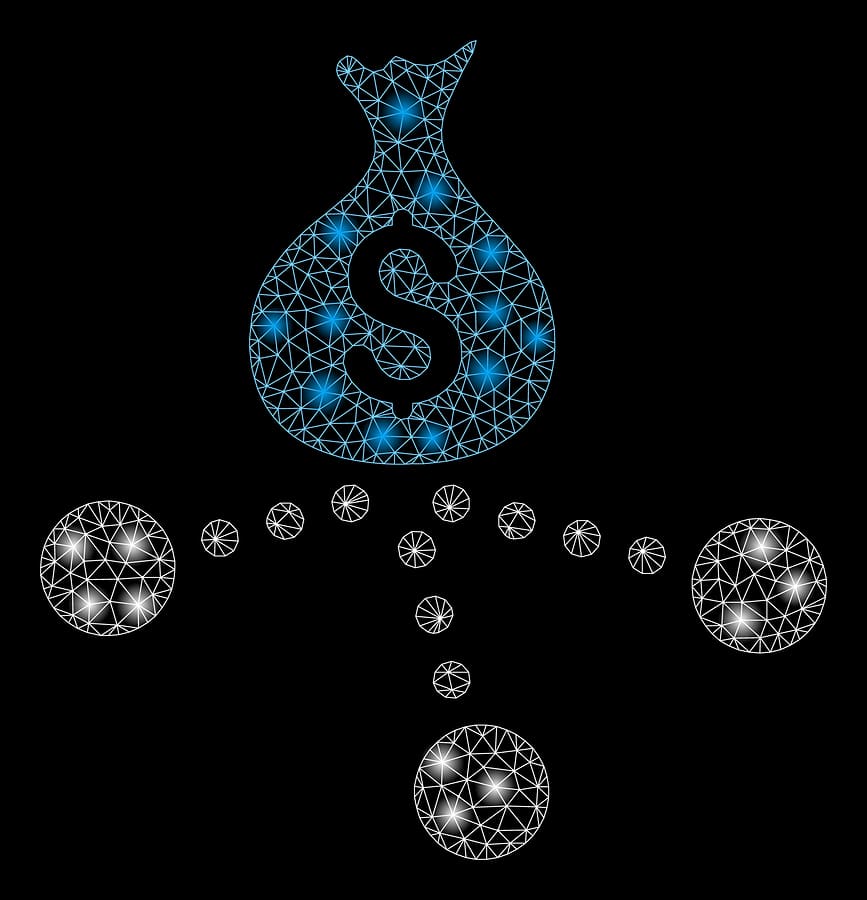When it comes to understanding your TSP withdrawal options, it is useful to differentiate between taking a withdrawal while you are still a Federal employee versus after you have separated from service. We have covered TSP account options at federal retirement here and you’ll find an overview of the Thrift Savings Plan here. In this article we’ll detail when and how you can make a TSP withdrawal while still working for the Federal government, otherwise known as an in-service withdrawal. The two methods by which you make a TSP withdrawal in-service are via loans and via what is known as a hardship withdrawal. The details for each are as follows:
TSP loan – as long as you are eligible you can make a loan request against your TSP account either for any purpose or to purchase or build a primary residence for yourself. The total amount you can borrow is limited to your own contributions and earnings on those contributions. Beyond that, there are other limitations depending upon whether you have an existing loan against your TSP assets, and total withdrawals are limited to 50% of your vested account balance. There is also an absolute loan limit of $50,000, which is to say that even if the total of your contributions plus earnings is well into the 6 figures, you still won’t be able to receive a loan of more than $50,000. The minimum loan amount is $1,000.
The loan processing fee is low and the interest rate on the loan appears attractive as well given that it is based on the G Fund interest rate in effect when your application is processed. However, remember that you are paying that interest to yourself – after all, you’re both the borrower and the lender. Further, you are removing funds from your TSP account to fund your loan, and those funds aren’t invested. There is a decent chance that had the funds remained invested, they would have earned more than you would earn in interest on the loaned funds.
Another potential issue is that if you default on your loan, you’ll owe tax on the unpaid amount that isn’t part of a tax exempt contribution, Roth contribution or qualified Roth earnings. The tax you owe will be based on your marginal income tax rate. Additionally, depending upon your age, you may owe a 10% penalty as well. It is worth noting that in some instances, you can suspend repayment for a time and enter approved non-pay status as outlined here.
If you receive a general purpose loan, you’ll have from 1 to 5 years to repay the loan, and if you take a residential loan, the repayment period can extend up to 15 years. General purpose loans don’t require any documentation, but residential loans do and you can find a list of required documents and information for a residential loan here.
Beyond the standard repayment schedule, if you are planning on leaving Federal service, you will need to repay your loan within 90 days of separation. If you don’t repay the loan in full, any amount outstanding will be declared a taxable distribution. As outlined above, tax-exempt and Roth contributions won’t be subject to tax and Roth earnings may be subject to tax. Beyond that, you may also be subject to a 10% early withdrawal penalty on the unpaid loan balance unless you turn 55 in the calendar year in which you separate from federal service. Lastly, once you are separated from Federal employment, you can no longer take a loan from your TSP even if you keep your funds in the account.
Hardship withdrawal – the TSP financial hardship withdrawal rules are designed to allow you to access your TSP funds should you encounter financial difficulties. There are four general conditions under which you can make a hardship withdrawal, and they are as follows:
- Ongoing negative monthly cash flow
- Medical expenses that haven’t been paid and aren’t covered by insurance
- Personal casualty losses that are unpaid and not covered by insurance, and
- Unpaid legal expenses related to separation or divorce from your spouse
Withdrawals are subject to some of the same rules as loans, in that the minimum withdrawal is $1,000, and you can only withdraw your contributions and earnings that have accrued on those contributions. Taxation on hardship withdrawals is, however, slightly different in that by taking a hardship withdrawal, you won’t have the option of paying back the amounts taken as you would with a loan. Thus, any pre-tax contributions and associated earnings you withdraw will be taxed and if you are under the age of 59 1/2, you may have to pay a 10% early withdrawal penalty as well.
As financial planners specializing in federal employees, we find that hardship withdrawals have a strong negative impact on a financial plan. Such withdrawals are usually unplanned, the funds can’t grow if they don’t remain invested and pre-tax contributions and associated earnings are taxed once they are withdrawn, with no option for repayment. If you think you might be able to pay back the funds, consider a TSP loan – as the loan won’t be subject to tax if you repay it – or consider other low interest options. Once the hardship is passed and you’re on firmer financial footing, work to establish an emergency fund.



